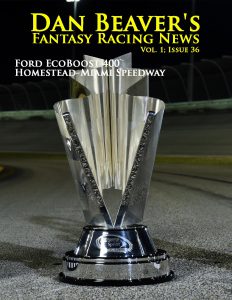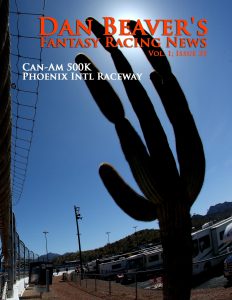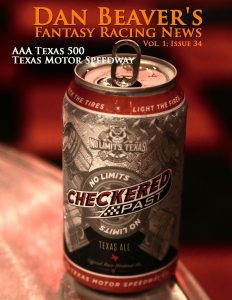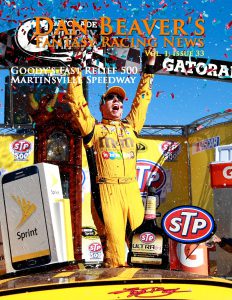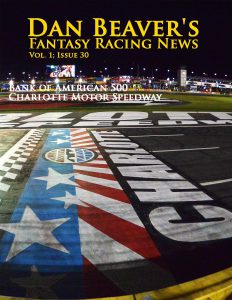Short, flat tracks are the second-most common type during the season and the Chase. New Hampshire Motor Speedway is the first of this kind in the playoffs.
Like Chicagoland and Dover, New Hampshire has always been won by a Chase contender, including six current Chasers. With 16 of the fastest drivers in playoff contention, it is almost certain that another Chaser will win the New England 300. That will be the 100th victory for them in 122 starts—meaning 82 percent of all Chase races have gone to current contenders.
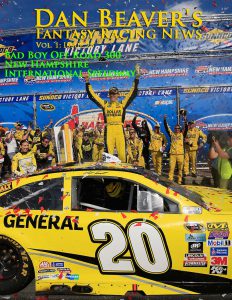
(Photo by Chris Trotman/Getty Images)
Last week, Chasers dominated the Teenage Mutant Ninja Turtles 400. If not for a late race caution that altered strategy, they would have swept the top five, but Ryan Blaney was able to insert himself into fourth. Still, 13 of the 16 drivers finished 16th or better, leaving only three positions at the very front of the pack for non-Chasers. Two others finished in the top 20, creating an incredibly tight battle for 12th—which is the cutoff to make round two.
At the end of the race, 13 points separate sixth-place Chase Elliott from 15th-place Kyle Larson. Tony Stewart currently sits on the bubble as of this writing in 12th with only a one-point advantage over Austin Dillon, Kevin Harvick, and Larson. Jimmie Johnson will almost certainly join Dillon and Harvick with 2,027 points once penalties are handed out because his car failed the LIS (Laser Inspection Station) after Chicagoland’s race. Stewart, Jamie McMurray, Kurt Busch, and Carl Edwards will move up a position in the standings and this will create a three-way tie for the bubble.
The slightest mistake can be critical. Johnson’s loss of 10 points would not be as catastrophic if he had won the race, but a pit road speeding penalty late in the going dropped him from contention for the victory to 12th. Martin Truex Jr. had a flat tire early, but overcame the lost track position and won last week. He will be hit with the same penalty as Johnson for the same infraction, but in all likelihood gets to keep the win and its automatic advance to round two.
Larson was in a great position to advance in the points, but he cut a tire down just before the final caution waved to set up a green-white-checkered finish. In today’s “No-Driver-Left-Behind” Era, the loss of a lap cost him at least 12 positions—and with that, 12 points.
Subscribe!
Or head to the Previews Page to download if you have already subscribed.

